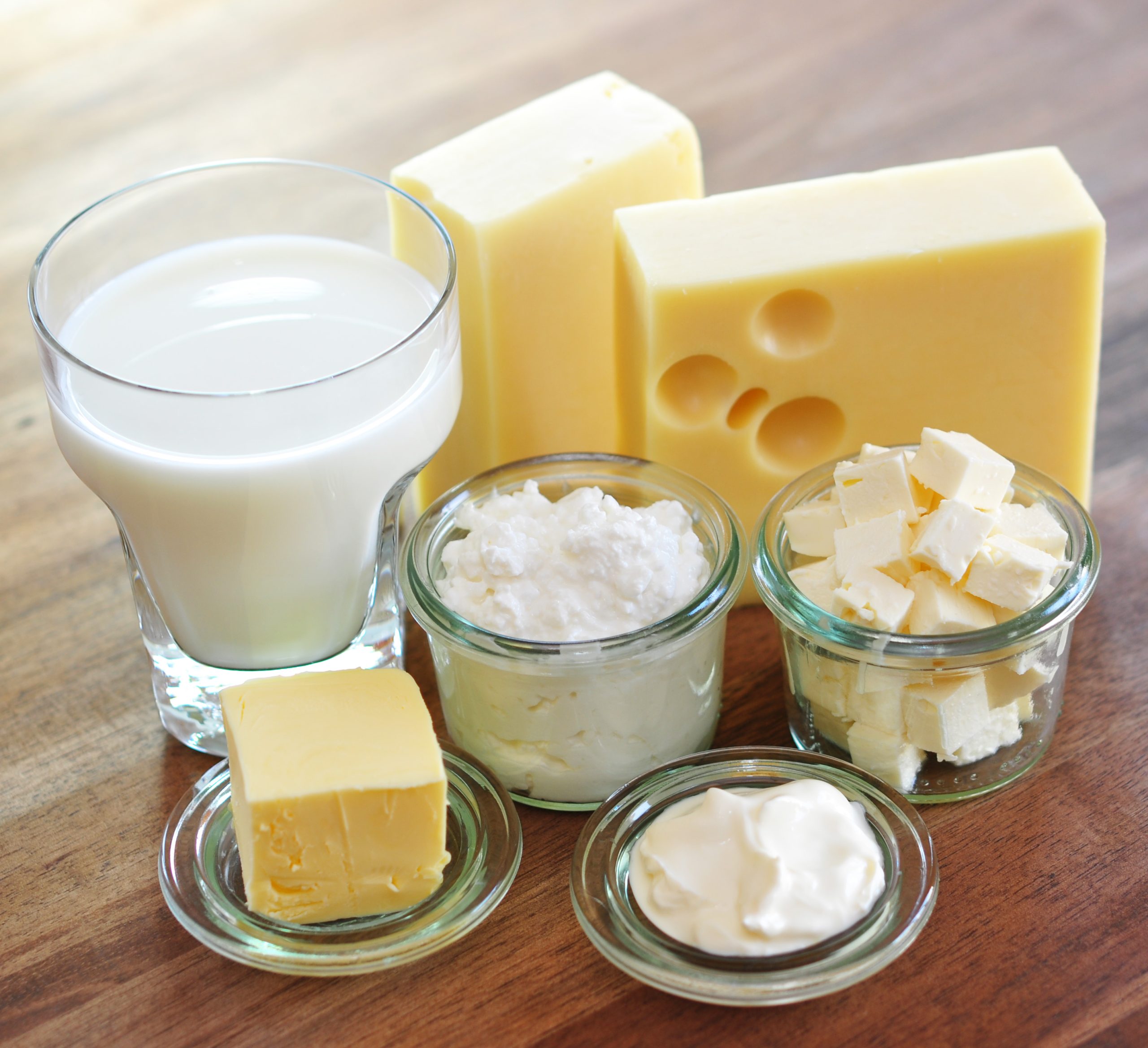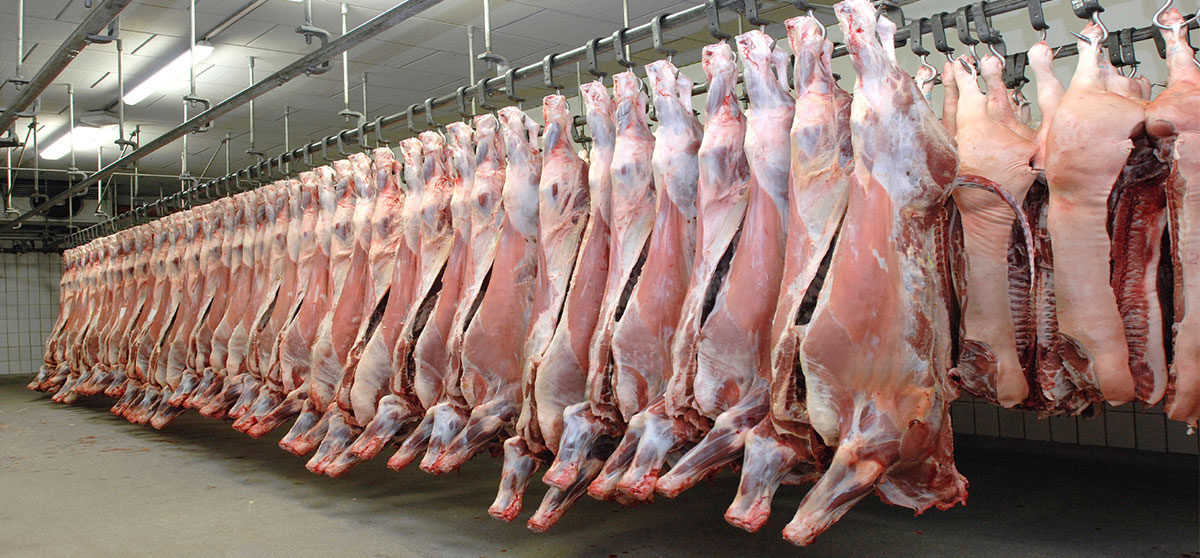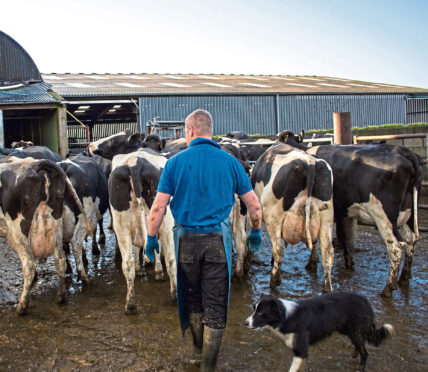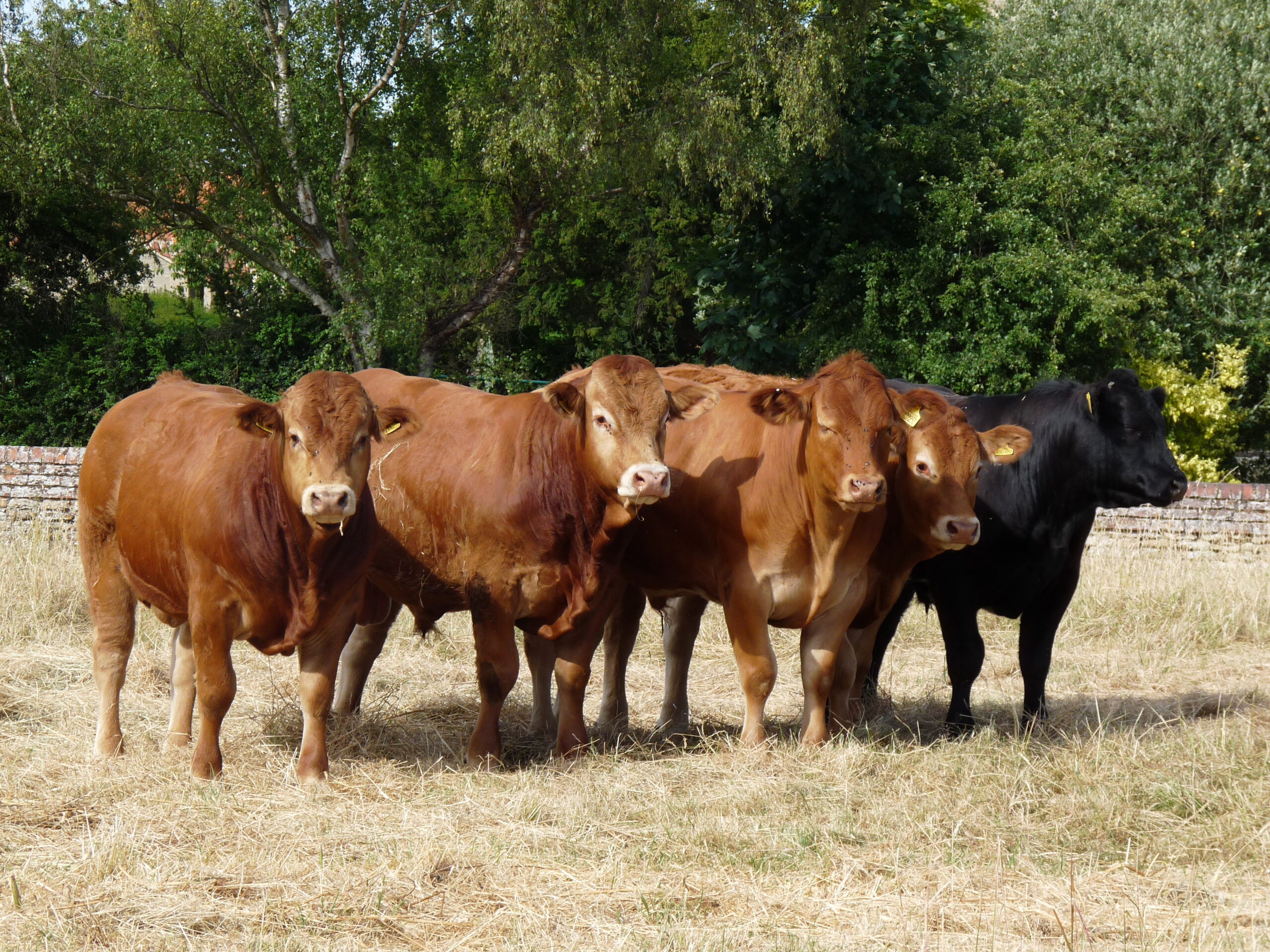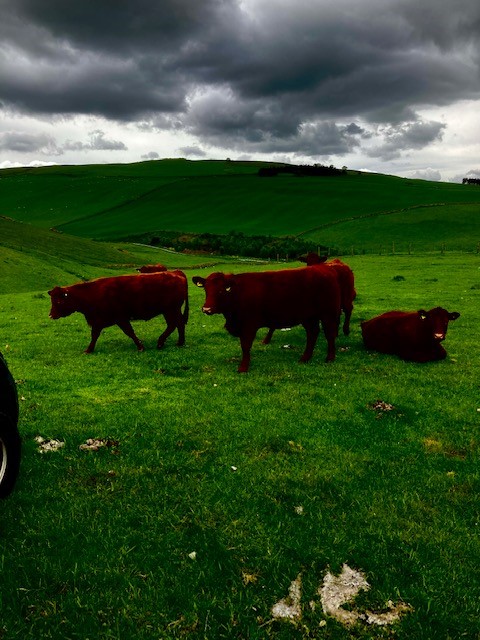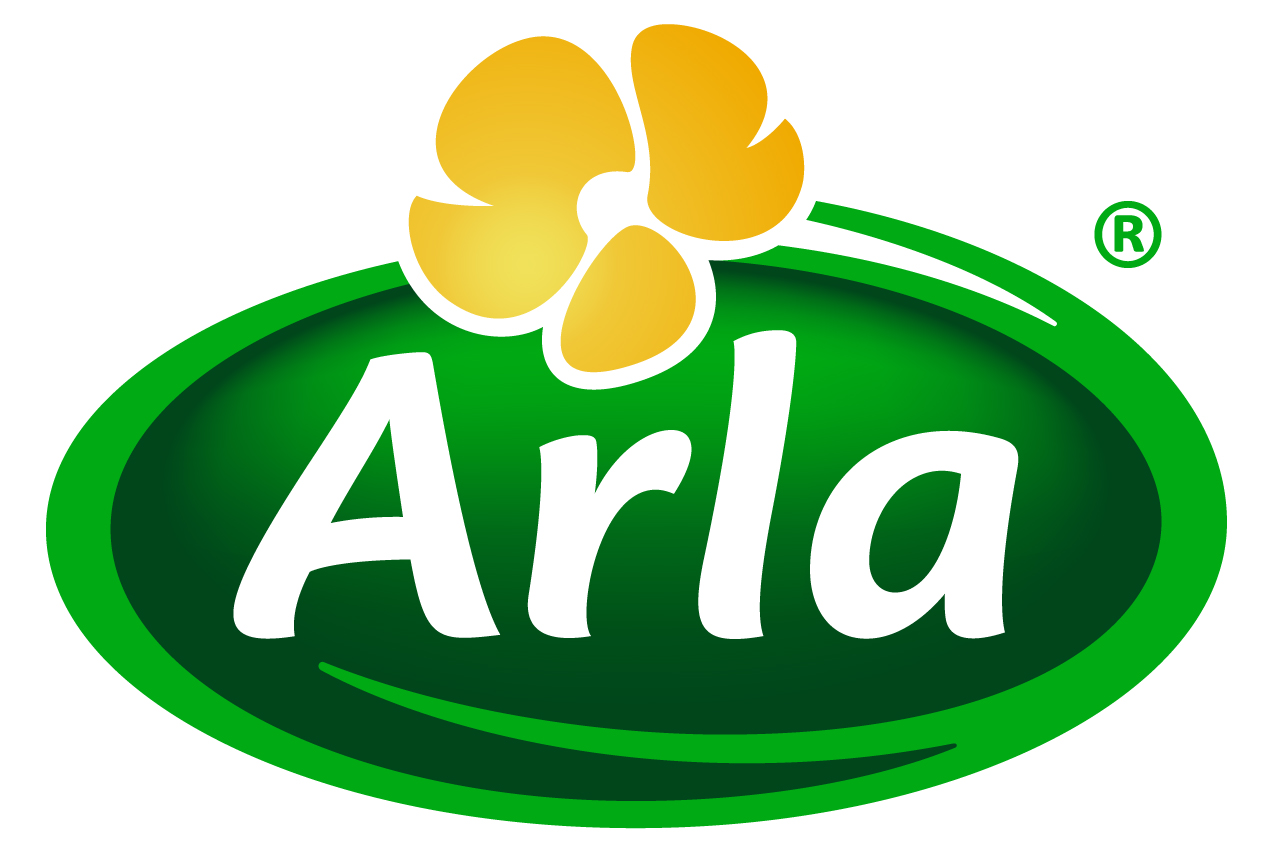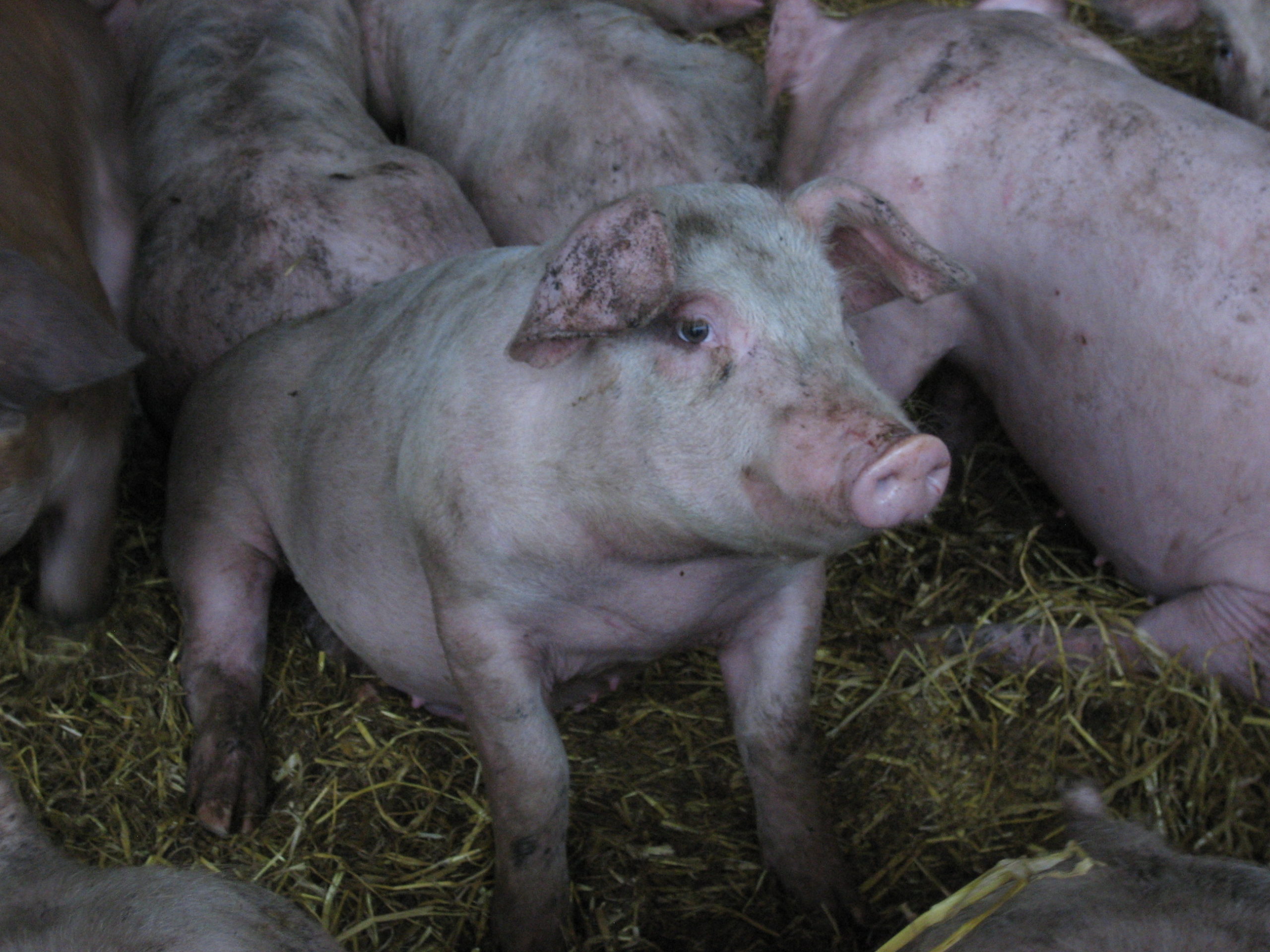The AHDB has released the first of four reports looking at beef and lamb production standards. The independent reports, carried out by Birnie Consultancy, are comparing the voluntary assurance standards (Red Tractor) and regulatory requirements of the English beef and lamb sectors with other key suppliers. The first report compares the English standards with those of the dominant assurance schemes of Australia and New Zealand, namely the Livestock Production Assurance (LPA) scheme in Australia and the New Zealand Farm Assurance Program (NZFAP).
For the purposes of the report, 14 catergories were studied;
- Traceability, Documentation and Assurance
- Personnel
- Food Safety
- Housing and Shelter
- Feed and Water
- Husbandry Procedures
- Youngstock Management
- Animal Health and Welfare
- Animal Medicines
- Biosecurity and Disease Control
- Livestock Transport
- Vermin Control
- Fallen Stock
- Environmental Protection
Each of the assurance schemes were ‘scored’ against these categories. Each of the categories were also weighted to reflect their relative importance.
The overall findings show that when directly compared, the Red Tractor scheme obtained a higher overall weighted score than NZFAP, which inturn out performed the LPA scheme. Effectively, this means that the Red Tractor scheme is more in-depth and comprehensive than equivalents in Australia or New Zealand. Red Tractor achieved higher scores than the LPA and NZFAP schemes in most areas, the only exception being biosecurity and disease control. In addition, the review found that Red Tractor was consistently found to be ‘more prescriptive, containing more detail than the other schemes, therefore allowing a clear review of each categories requirements’. In terms of audit frequency and types of audit, Red Tractor are conducted in-person every 18 months. NZFAP in-person audits are required every three years, although some processors may require more frequent visits. The LPA inspects around 3,000 farms annually, with two thirds drawn at random, although as the number of farms in the scheme is not published, it is difficult to understand what % this is.
The review also looked at the legislative framework in each country. It found a good legislative base for the standards with the exception of the biosecurity & disease control and vermin control categories. But the major challenge of legislation is that ‘in most cases it is not inspected on anything approaching a regular basis’, and it is this that is addressed by farm assurance, where schemes with regular inspection intervals ensure that there is both regulatory and scheme compliance.
The full report report, which can be found at https://ahdb.org.uk/knowledge-library/comparison-report-of-international-beef-and-lamb-standards-part-1 is part one of a series, with three further reports due to be released during 2024 which will draw comparisons with standards in other parts of the world;
- Key EU Countries – due July 2024
- North America – due September 2024
- South America (Brazil) – due November 2024
The AHDB says the reports will deliver ‘clear evidence to support crucial discussions, including the impact of standards on farmgate returns, the involvement of the wider supply chain in conversations about future standards, and maximising value from higher standards when it comes to market access or higher prices’. The results form the review will also provide evidence to recently announced independent Farm Assurance Review and will be central in helping AHDB to underpin its messaging in key areas, such as marketing and exports.
A report on cereals assurance and UK imports is also planned for summer 2024.
